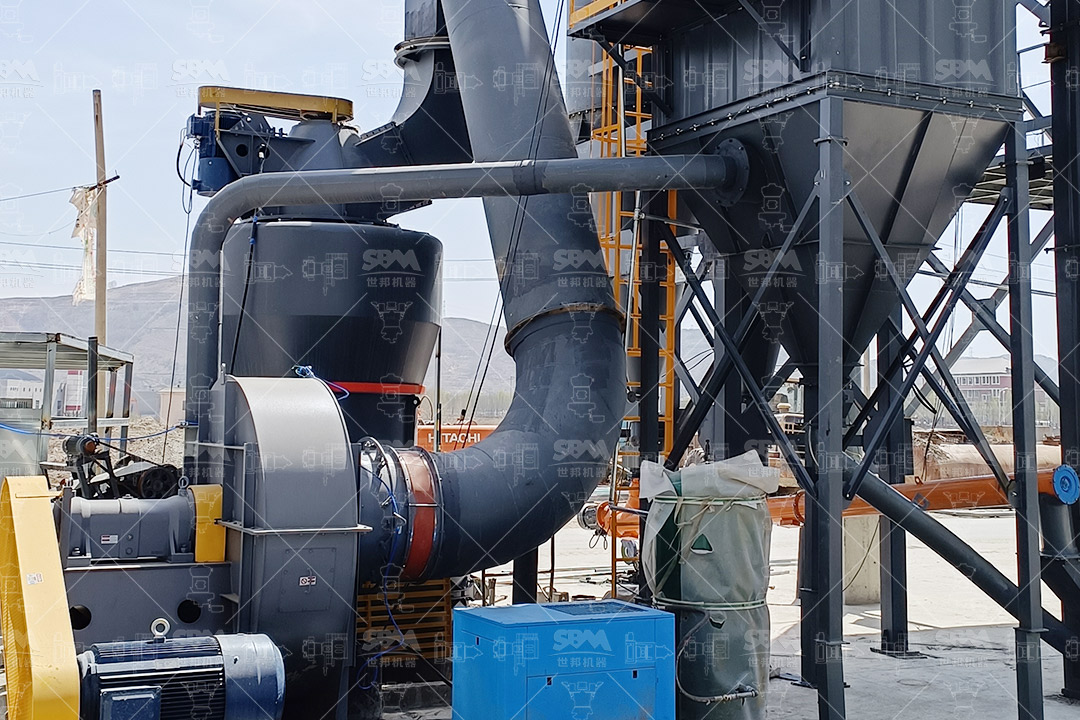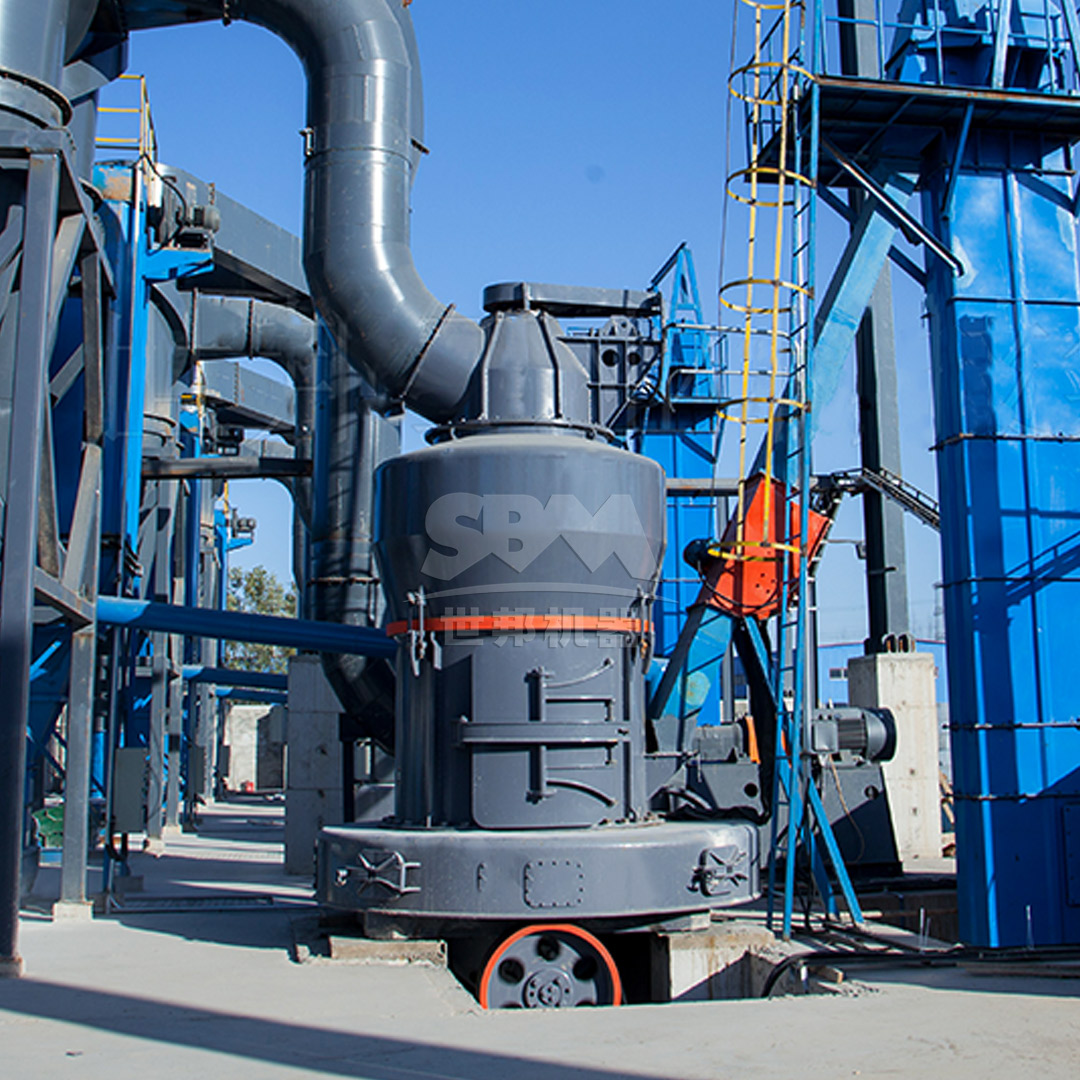Barite (barium sulfate) is a mineral primarily used as a weighting agent in drilling fluids for oil and gas exploration. Its effectiveness depends heavily on particle size distribution and purity, making efficient grinding crucial for meeting industry specifications. Traditional ball mills have been the workhorse of barite processing for decades, but understanding their operation and limitations is essential for optimizing production efficiency.
Ball mills operate on the principle of impact and attrition, where the grinding media (typically steel balls) collide with the ore particles, breaking them down through repeated impacts. The efficiency of this process depends on multiple factors including mill speed, ball size distribution, material feed rate, and slurry density.

A ball mill consists of a hollow cylindrical shell rotating about its axis. The shell is partially filled with grinding media, which for barite processing typically consists of forged or cast steel balls ranging from 25mm to 75mm in diameter. As the mill rotates, the balls are lifted up the rising side of the shell until they reach a certain height, after which they cascade or cataract down to impact the barite ore particles.
The grinding action in a ball mill occurs through two primary mechanisms:
For barite specifically, which has a Mohs hardness of 3-3.5, the attrition mechanism often dominates due to the mineral’s relatively soft nature and perfect basal cleavage.
| Parameter | Optimal Range for Barite | Effect on Grinding Efficiency |
|---|---|---|
| Mill Speed | 65-75% of critical speed | Determines cascading vs. cataracting action |
| Ball Size Distribution | 25-75mm mixed sizes | Affects impact energy and grinding contact points |
| Ball Filling Ratio | 30-35% of mill volume | Influences grinding media surface area and impact frequency |
| Slurry Density | 70-75% solids by weight | Controls viscosity and particle transport |
| Feed Size | <25mm | Determines required residence time and energy consumption |
The critical speed of a ball mill is defined as the rotational speed where centrifugal force causes the grinding media to adhere to the shell lining, eliminating the cascading action necessary for grinding. Operating below this threshold ensures proper grinding action, with 65-75% of critical speed typically providing optimal impact energy for barite.
While ball mills have been widely used for barite grinding, they present several significant limitations that impact operational efficiency and product quality:
Ball mills are notoriously energy-intensive, with only 1-2% of the input energy actually utilized for particle size reduction. The remainder is lost as heat, noise, and mechanical losses. For barite processing, which typically requires grinding to 200 mesh (74μm) or finer for drilling applications, this inefficiency translates to high operational costs.
Ball mills produce a relatively broad particle size distribution, which can be problematic for barite applications requiring tight specifications. The random nature of impact and attrition grinding makes precise control over top size and fines content challenging. Additionally, iron contamination from grinding media wear can affect barite’s chemical purity, potentially requiring additional processing steps.
The high wear rates of grinding media and liners in ball mills result in significant maintenance downtime and consumable costs. For barite operations, this translates to production interruptions and variable grinding performance as media wears. Noise levels typically exceed 100 dB, requiring substantial hearing protection and potentially creating environmental compliance challenges.

For barite producers seeking to overcome the limitations of traditional ball mills, vertical roller mills (VRMs) offer significant advantages in energy efficiency, product quality control, and operational reliability. Our LM Series Vertical Roller Mill represents a technological leap forward in barite processing efficiency.
The LM Series operates on the principle of bed comminution, where material is ground between a rotating table and stationary rollers under hydraulic pressure. This method delivers several key benefits for barite processing:
For barite applications requiring ultra-fine products, our SCM Ultrafine Mill provides exceptional performance with output fineness ranging from 325 to 2500 mesh (45-5μm). This system combines grinding and classification in a single unit, featuring a vertical turbine classification system that ensures precise particle size control without coarse particle contamination.
The SCM Ultrafine Mill delivers specific benefits for barite processing:
| Feature | Benefit for Barite Processing | Performance Improvement |
|---|---|---|
| High-precision classification | Consistent API-grade product quality | 100% passing 200 mesh with minimal fines |
| Special wear-resistant materials | Reduced iron contamination | Maintains BaSO₄ content >92% |
| Intelligent control system | Automatic fineness adjustment | Reduces operator dependency |
| Pulse dust collection | Environmental compliance | Dust emission <20mg/m³ |
With capacities ranging from 0.5 to 25 tons per hour across different models, the SCM series can be matched to specific production requirements while maintaining energy efficiency that is 30% better than conventional jet mills.
When choosing between ball mills and advanced grinding technologies for barite processing, several factors should be considered:
For most modern barite processing operations, vertical roller mills and specialized ultrafine mills offer compelling advantages over traditional ball mills, particularly for applications requiring consistent product quality and operational efficiency.
For complete barite processing plants, our MTW Series Trapezium Mill provides an excellent solution for medium-fine grinding applications with capacities from 3 to 45 tons per hour. This system features innovative curved duct design that minimizes airflow resistance and combined blade technology that reduces maintenance costs.
The MTW series is particularly suitable for barite operations that process varying feed materials or require flexibility in product specifications. With output fineness adjustable from 30 to 325 mesh, this mill can produce both drilling-grade barite and higher-value products for chemical and filler applications.

While ball mills have served the barite industry for decades, technological advancements in vertical roller mills and specialized ultrafine grinding systems now offer superior solutions for modern processing requirements. The significantly lower energy consumption, improved product quality control, reduced maintenance requirements, and smaller environmental footprint of these advanced systems make them the preferred choice for new barite processing installations and facility upgrades.
Our grinding technologies, including the SCM Ultrafine Mill and LM Series Vertical Roller Mill, provide barite producers with the tools to meet increasingly stringent market demands while improving operational efficiency and reducing environmental impact. As the industry continues to evolve toward higher-value applications and tighter specifications, these advanced grinding solutions will play an increasingly important role in maintaining competitive advantage.